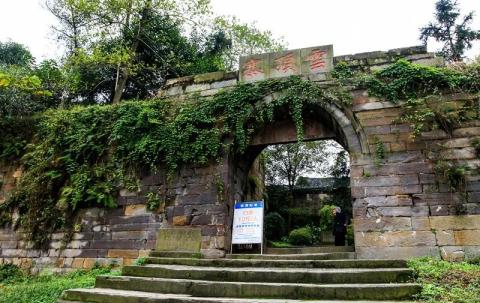
Yunding Village is built on the top of the mountain. Because it is so high, it seems to be in the clouds, so it is called Yunding Village.
——Tan Zhu's "Yunding Village"
There is Longchang County in Sichuan. Longchang County has the "Three Ancients" - ancient archway, Guyu Lake, and ancient village fort. One of the "three ancient" ancient villages is Yunding Village.
The ancient village is 20 kilometers away from Longchang County. It is located on Yunding Mountain at an altitude of 530 meters. It covers an area of 245 acres. The wall is 1640 meters long, more than 5 meters high and 3 to 4 meters wide. There are 6 village gates. There are 48 villas.

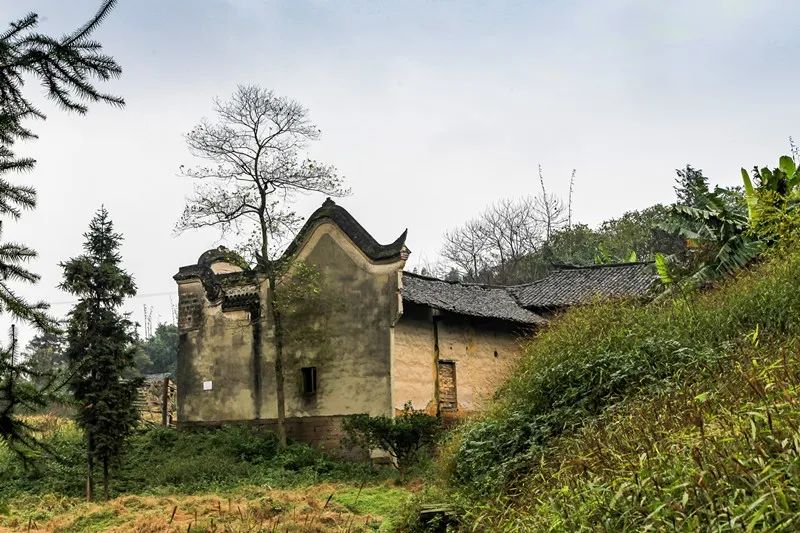
Yunding Village is the residence of the Guo family where the Guo family built stone walls to protect themselves. It was built twice during the Xianfeng and Guangxu years of the Qing Dynasty. The wall is large in scale and extremely strong.

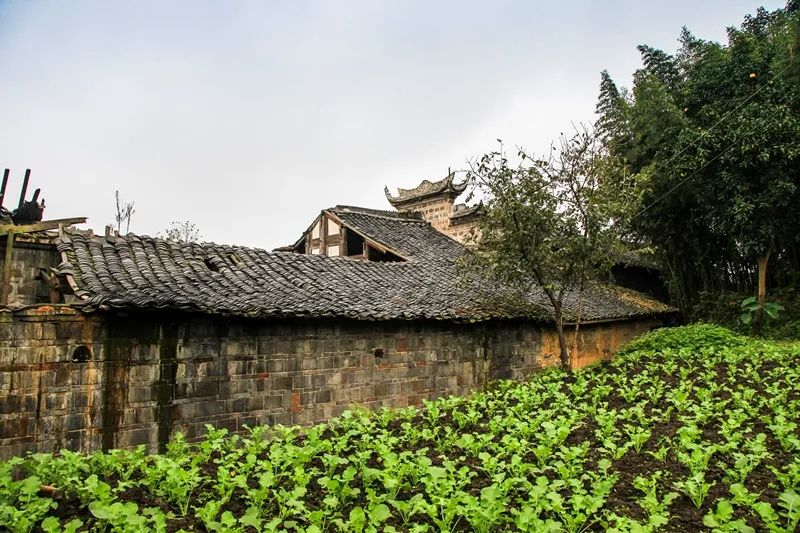
Yundingzhai
Starting from Longchang County, after passing Yunding Town, you will see Yunding Mountain rising from the ground. Go up the mountain to Tongyong Gate, the main entrance of Yunding Village, and you will see the overgrown ancient city wall.
Entering the village, bluestone paths extend in all directions, running through the entire village, and any road can lead to the damaged courtyard among the weeds.

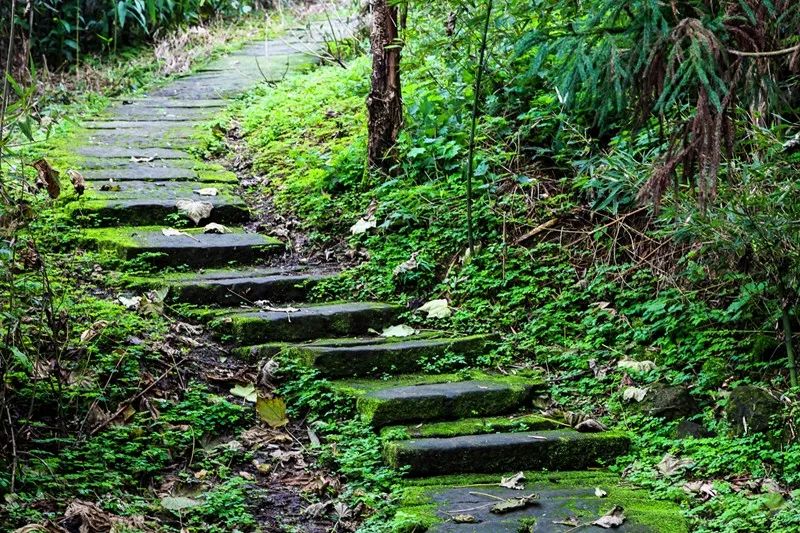
Climb up the steps along the main road paved with bluestones and reach the top of the mountain. On both sides of the main road, there is a relatively well-preserved Qing Dynasty building called Jinmowan, which is now used as the Yunding Village Showroom. There is also a simple five-hole "Luohong Bridge" lying on the Ruyi Pond.
This ancient village once had 48 villages and courtyards, but now only 12 villages and courtyards remain, as well as the village walls that are overgrown with weeds. The glitz of the past has turned into a dilapidated old house in the wilderness, anda fragment of wall.


When you step on the bluestone road, look at the abandoned forts, touch the city wall stones and remaining buildings, you can't help but sigh at this ending. Also, I must ask, how many strips of bluestone can be used to build this city wall and stone path?
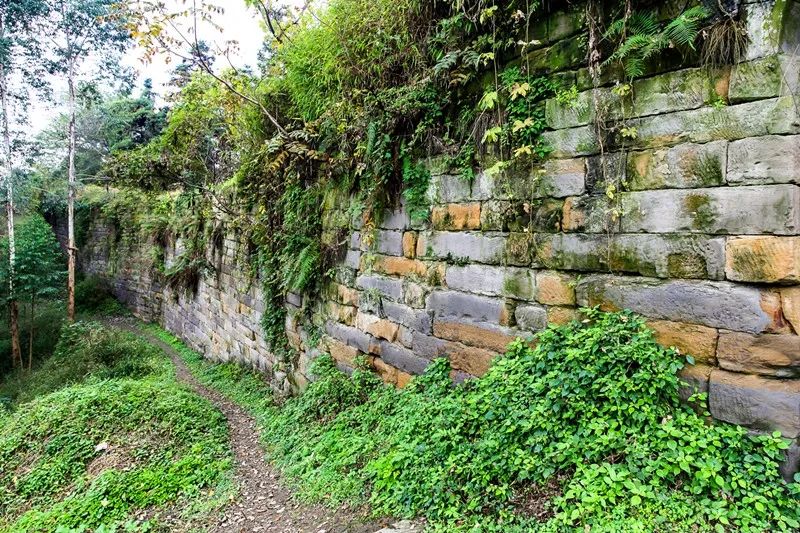
Genting field
Go straight out of the village gate and walk along the horse track for 1 mile to Yunding Field. The two streets on the field are T-shaped, stone road and paved street. Their rise and fall are also closely related to Yunding Village.
There is a temple on the street called "Yunding Temple". Although it is not big, there is still fragrance lingering there. Most of the houses on both sides of the street are civil structures, with dark doors and windows, and eaves that have been weathered by the weather, giving them an old-fashioned feel.
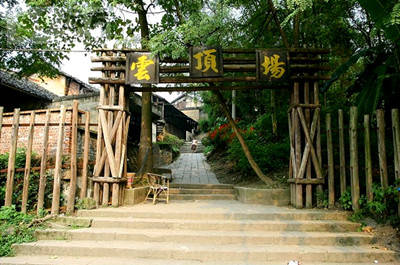

The most interesting thing is the night market in Yunding Market. People entered the market in the middle of the night to trade and left at dawn. It was known as the "ghost market". It is said that it was built to meet the needs of the village owner for shopping and dining after playing cards and having fun at night.
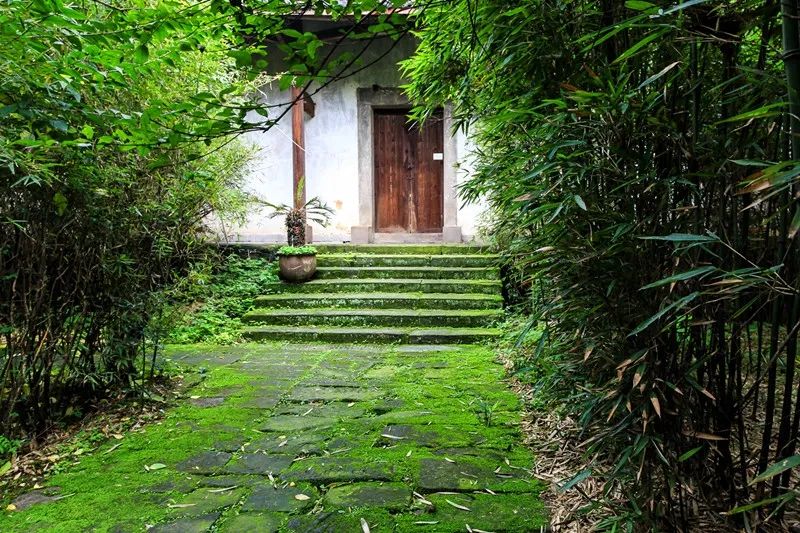
Route 1: Starting from Chengdu, take the Luchi Expressway, get off at Fushun exit, then take Provincial Highway 305 to Fujia, turn right onto Fujie Road, pass Hujia before Yunding Town, follow the signs to go up the mountain That is Yunding Village.
Route 2: Starting from Chengdu, take the Chengdu-Chongqing Expressway and exit at Longchang. After reaching Longchang County, follow National Highway 321 toward Luzhou. Turn right at Shanchuan Town onto Fujie Road, and go up the mountain after passing Yunding Town.
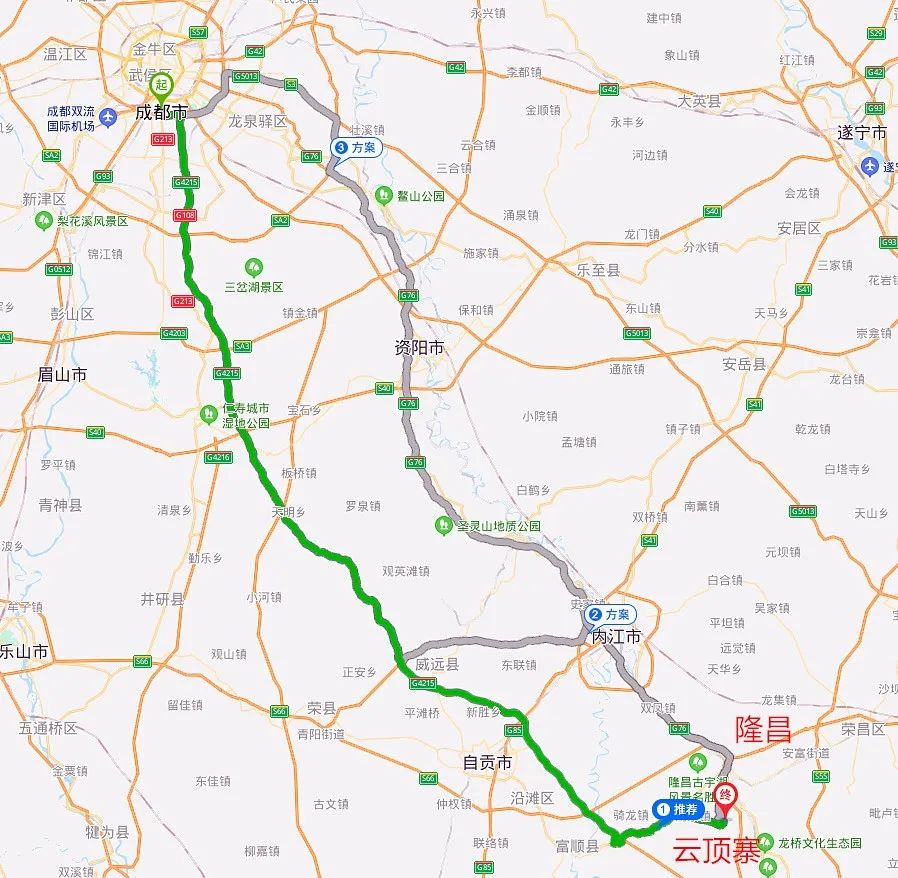
Tickets
Entrance ticket to Yundingzhai, 10 yuan/person
stay
There is a star-rated farmhouse called Liangjia Inn in Yundingchang, which provides food and accommodation in good conditions. You can also stay in Longchang County.
Surrounding scenic spots
There are ancient archways in Longchang City and Guyu Lake on the outskirts of the city.

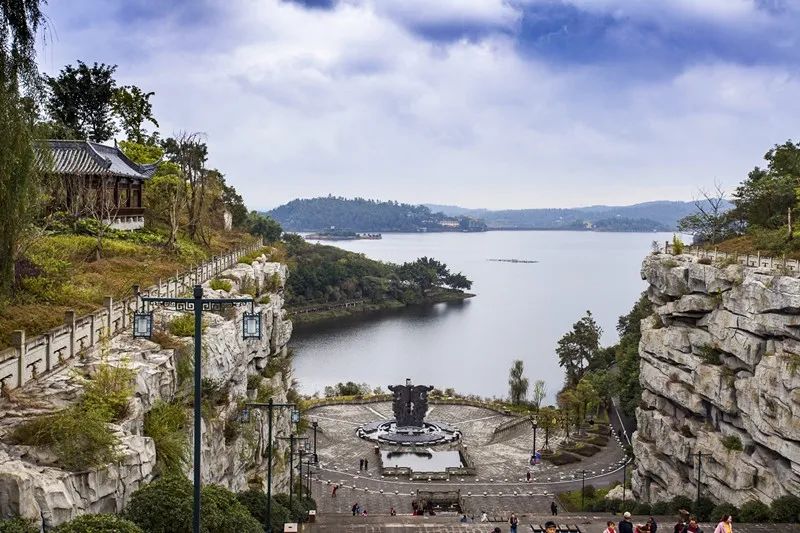
History of building the village
Guo Mengsi, the ancestor of the Guo family, entered Sichuan from Macheng, Hubei in the fourth year of Hongwu in the Ming Dynasty (AD 1371). He walked to the Yunding Mountain Pass and rolled down the mountain with a basket carrying luggage, so he simply planted fields and settled here. Later generations Guo Lian and Guo Yuanzhu successively became Jinshi and held high officials in the Ming Dynasty. The Guo family gradually became a wealthy family in Yunding.
During the Yongle period of the Ming Dynasty, Guo Lian returned to the forest after serving as an official, and built several huts on the top of the mountain. During the Wanli period of the late Ming Dynasty, due to the infestation of bandits in the area, the Guo family used stones as walls and built a stronghold for security, which was the prototype of Yunding Village.
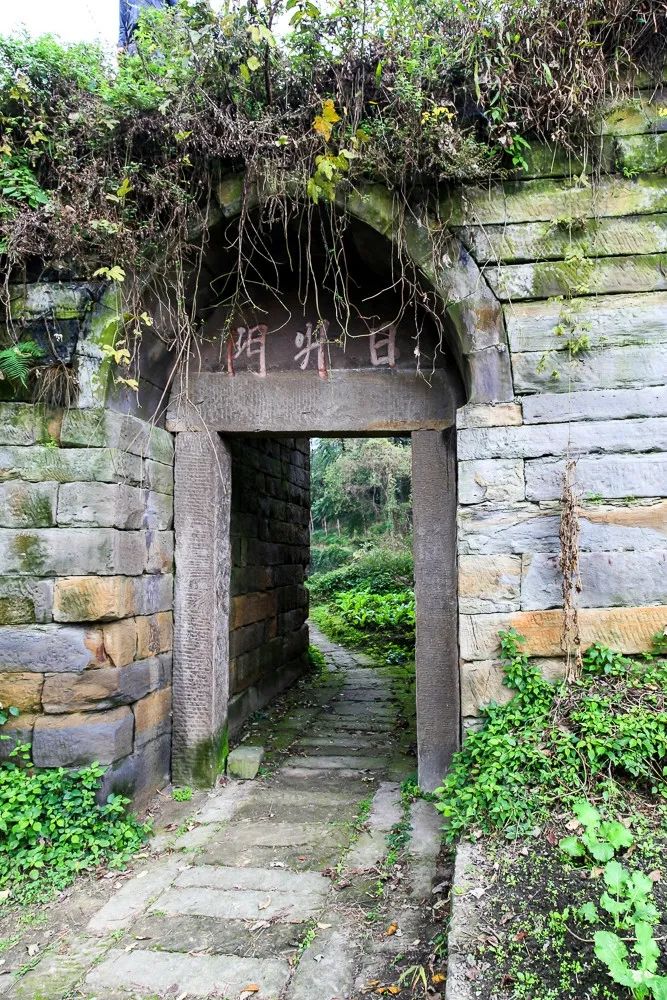
Li Yonghe and Lan Dashun rebelled in Yunnan and marched into Sichuan. In the ninth year of Xianfeng reign of the Qing Dynasty, Guo Renyong bought all Yunding Mountain, spent more than 20,000 taels of silver, recruited a large number of migrant workers, demolished the original rocks, used stone strips, and built the village wall on the same site, and the village gate was widened like a city gate. Then recruit a hundred strong men (Zhai Ding) to defend.
In the 20th year of the reign of Emperor Guangxu of the Qing Dynasty, Guo Shuchi, the nineteenth generation of the Guo family, returned to his hometown from the Duliang Road in Hubei Province. He raised more than 20,000 taels of silver, recruited more than 300 migrant workers, and spent more than two years raising the walls and expanding the area of the Walled City. , becoming the only large manor-style cottage in southern Sichuan.
